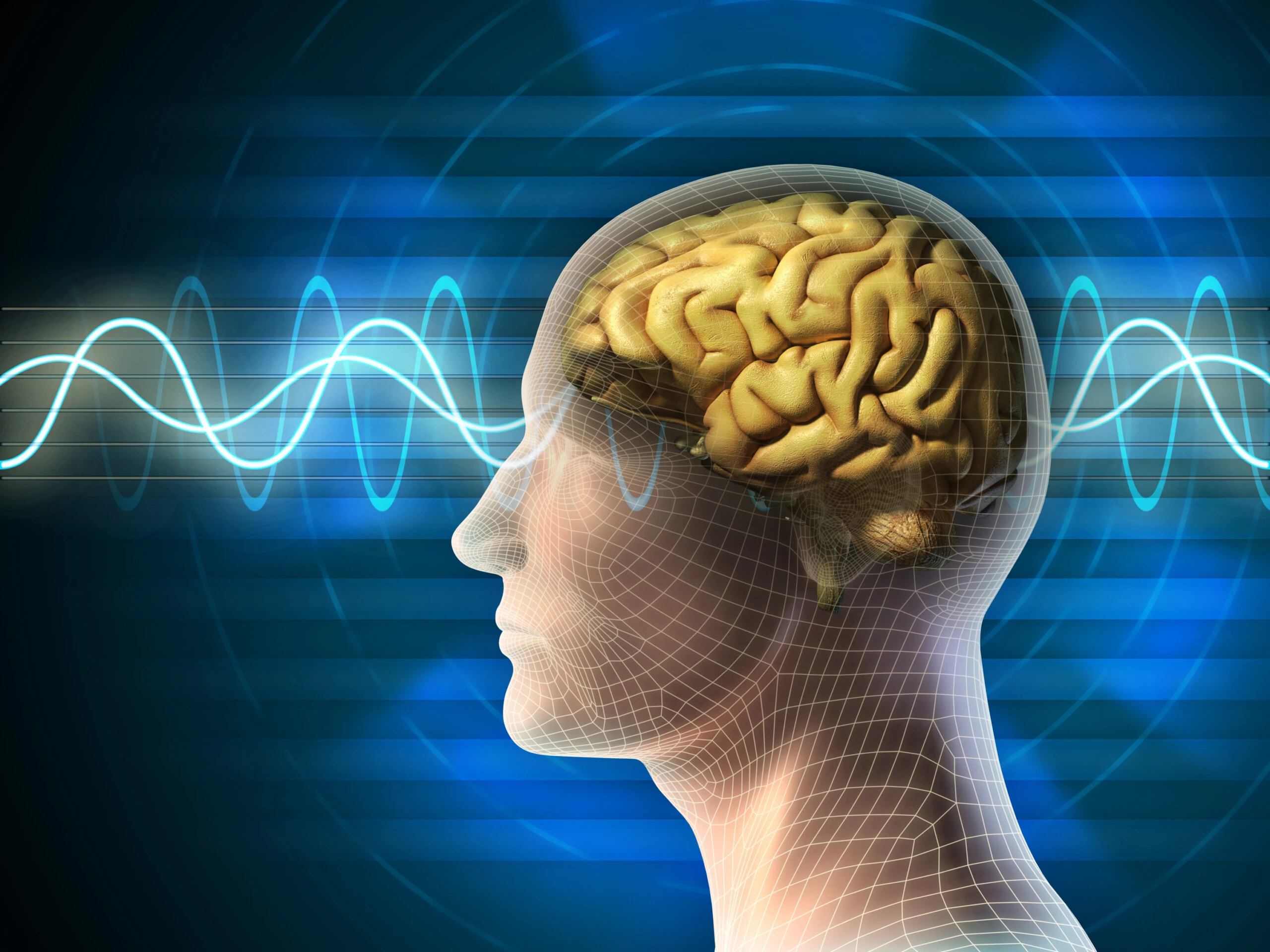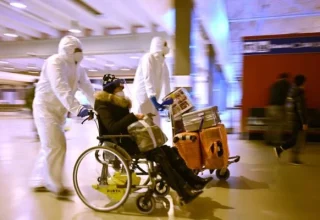
ISLAMABAD, Aug 26 (ABC): Up for a little noninvasive brain stimulation to boost your aging memory for that next big project, work meeting or family get-together? One day science may be able to offer such treatments, new research suggests.
Reduce dementia risk with these food and activity choices
Sending electrical currents into two parts of the brain known for storing and recalling information modestly boosted immediate recall of words in people over 65, according to a study by a team at Boston University published Monday in Nature Neuroscience.
“Whether, these improvements would occur for everyday memories, rather than just for lists of words, remains to be tested,” said Masud Husain, a professor of neurology and cognitive neuroscience at the University of Oxford, in a statement. He was not involved in the study.
Still, the study “provides important evidence that stimulating the brain with small amounts of electrical current is safe and can also improve memory,” said Dr. Richard Isaacson, director of the Alzheimer’s Prevention Clinic in the Center for Brain Health at Florida Atlantic University’s Schmidt College of Medicine, who was not involved in the research.
Improvements were most pronounced in people in the study with the poorest memories, who “would be considered to have mild cognitive impairment,” said neuroscientist Rudy Tanzi, a professor of neurology at Harvard Medical School, who was not involved with the study.
“There was an apparently beneficial effect on immediate word recall in those with mild cognitive impairment,” said Tanzi, who is also director of the genetics and aging research unit at Massachusetts General Hospital in Boston.
“This preliminary but promising finding warrants more exploration of the use of bioelectronic approaches for disorders like Alzheimer’s disease,” he added.
Boosting brain change
Scientists used to think that by a certain point in early adulthood the brain was fixed, unable to grow or change. Today, it’s widely understood that the brain is capable of plasticity — the ability to reorganize its structure, functions or connections — throughout life.
8 myths about diet, exercise and sleep
Transcranial alternating current stimulation, or tACS, attempts to enhance the brain’s functionality with a device that applies wavelike electrical currents to specific areas of the brain through electrodes on the scalp. The electrical waves can mimic or change brainwave activity to stimulate growth and hopefully change the brain’s neural networking.
An alternate version that uses magnetic fields, called transcranial magnetic stimulation, or TMS, is approved by the US Food and Drug Administration to treat depression.
“I believe this is the future of neurologic intervention, to help strengthen networks in our brains that may be failing,” said Dr. Gayatri Devi, a clinical professor of neurology and psychiatry at the Zucker School of Medicine at Hofstra/Northwell University in New York. She was not involved in the new study.
“Additionally, treatment may be tailored to each person, based on that individual’s strengths and weaknesses, something pharmacotherapy is not able to do,” Devi said.
Think more quickly as you age by boosting exercise and mental activities, study says
In the new findings published in Nature Neuroscience, brain cells are “activated at specific time points, and that is defined by the frequency of the (electrical) stimulation,” said study coauthor Shrey Grover, a postdoctoral student in the brain, behavior and cognition program at Boston University.
“The consequence of changing the timings at which brain cells activate is that it induces this process of plasticity. The plasticity is what allows the effects to be carried forward in time even when the stimulation has ended,” he added.
Memories fade
As the brain ages, it’s common to lose some of the ability to remember. For some people it may be short-term memory that suffers the most: Where did I park my car at the mall on this shopping trip? Others may have issues with remembering things over a longer period of time: Where did I park my car two weeks ago before I got on a plane for vacation? And some struggle with both types of memory.
The Boston University researchers analyzed both slightly longer term memory and short-term or working memory separately in two experiments, each with randomized groups of 20 people ages 65 to 88. The experiments alternated between applying gamma waves at 60 hertz and theta waves at 4 hertz to two brain centers that play key roles in memory.
Gamma waves are the shortest and fastest of the brainwave frequencies, operating between 30 and 80 hertz, or cycles per second. Some brain waves referred to as high-gamma have been clocked up to 100 hertz.
A brain on gamma waves is intensely and fully engaged. People under stress who need to be laser-focused — such as when they’re taking a test, solving a complex problem or fixing a difficult mechanical issue — may produce gamma waves.
Theta waves are much slower, ranging between four and eight cycles a second. You are probably running on auto-pilot when you’re in theta mode — driving to work without thinking about the route, brushing your teeth or hair, even daydreaming. This is often when people mull over an idea or come up with a solution to a problem. Studies have found that theta activity can predict learning success.


























